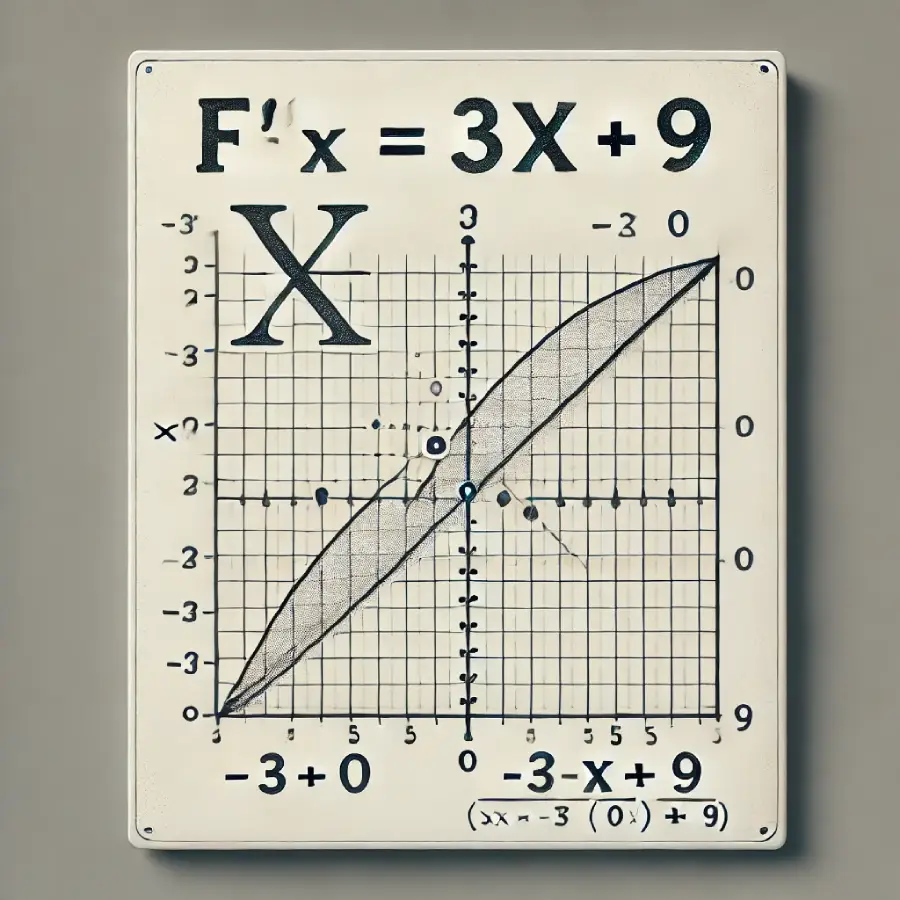Problem Statement:
Given the function :
- (a) Describe the shape of the graph of the function and find algebraically the points where it intersects the X and Y axes.
- (b) Find algebraically the point of intersection of the graphs of and .
- (c) If a line passes through the point and has a slope of , determine its equation.
- (d) Prove that the line passing through the points and is parallel to the graph of the function .
Blog Post: Understanding Linear Functions with Worked Examples
Linear functions are fundamental in mathematics, representing relationships with a constant rate of change. In this blog post, we will explore and solve a set of problems to understand their properties and applications.
(a) Shape and Intercepts of
The function is a linear equation, representing a straight line. The slope () of the line is , and the y-intercept () is .
To find the intercepts:
- X-axis: Set
Thus, the X-intercept is .
- Y-axis: Set
Thus, the Y-intercept is .
Graphically, the line crosses the X-axis at and the Y-axis at .
(b) Intersection of and
To find the intersection point, set :
Substitute into either equation, e.g., :
Thus, the intersection point is .
(c) Equation of a Line through with Slope
The slope-intercept form of a line is , where is the slope and is the y-intercept.
Using the point :
Thus, the equation is:
(d) Proving Parallelism of Two Lines
Two lines are parallel if they have the same slope.
- The slope of the line passing through and :
- The slope of is .
Since both lines have the same slope (), they are parallel.
Conclusion
These exercises highlight the key properties of linear functions, such as intercepts, slopes, and conditions for parallelism. By solving such problems, students gain a deeper understanding of how linear equations model relationships and interact graphically. Keep practicing, and you’ll master these concepts in no time!

